21 February 2025
Celebrating Teagasc’s Food Programme
Highlighting the Food Programme’s lasting impact on the evolution of the agri-food sector.
Teagasc’s Food Programme focuses on research, development and innovation across key sectors such as meat, dairy, cereals, prepared consumer foods and marine food.
The programme also emphasises training and technology transfer, ensuring knowledge and expertise are shared effectively.
In November 2024, the Food Programme showcased 11 case studies as part of its peer review process to illustrate its work and impact. These case studies, some dating back to the early 2000s and others more recent, provide valuable insights into how Food Programme research, technology transfer and industry engagement have supported food companies, farmers, industry partners and policymakers. They also highlight the potential for even greater future impacts through the programme’s evolving relationships with its networks.
Each case study reflects contributions to one or more of three key impact pathways: technology development and adoption, capacity building, and policy influencing. This demonstrates that the programme not only produces high-quality research and technologies, but also supports mechanisms to make this knowledge accessible and usable by end users.
These pathways, outlined in Teagasc’s Statement of Strategy, “Teagasc Together”, provide a clear framework for how the Food Programme drives developmental impact in the agri-food sector.
ReValueProtein
Collaborative efforts between Teagasc researchers, meat industry partners and academic collaborators have led to the development of specialised processes for recovering high-quality proteins and peptides from meat industry side streams and co-products. These advancements have created new revenue opportunities, supported applications in food, nutraceuticals, and biomedicine and encouraged more sustainable practices within the meat processing sector. Teagasc’s primary role involved leading research on extraction and purification techniques, characterising the functional and biological properties of recovered proteins and scaling up processes to a 100L proof-of-concept stage.
Pathways: Technology development and adoption
Teagasc researchers: Carlos Alvarez and Anne Maria Mullen
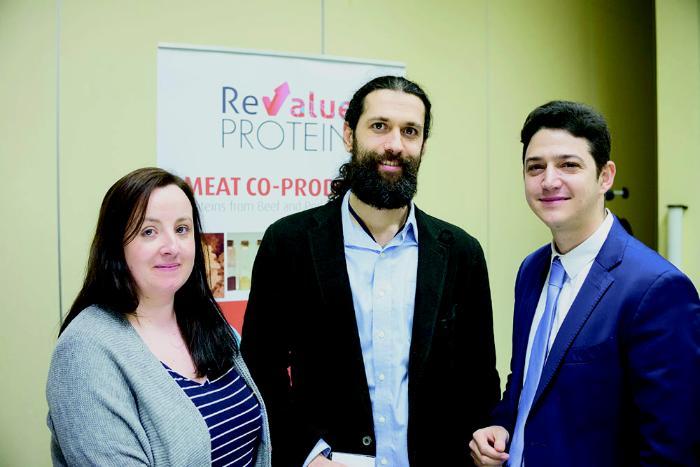
ReValueProtein collaborators attending a workshop event at Teagasc Ashtown. Credit: Teagasc
Fava bean protein
Through collaboration between Teagasc researchers, industry partners and academic collaborators, this initiative has supported the growth of plant-based protein alternatives in Ireland. The research indicates that fava bean protein production is compatible with current farming systems, offering the potential to establish a new enterprise within the Irish agri-food sector. Teagasc’s primary contributions included optimising wet extraction methods for fava bean proteins, adapting dairy processing technologies for plant protein stabilisation and evaluating the nutritional quality and functionality of these proteins for various food applications.
Pathways: Technology development and adoption, policy influencing
Teagasc researcher: Eoin Murphy
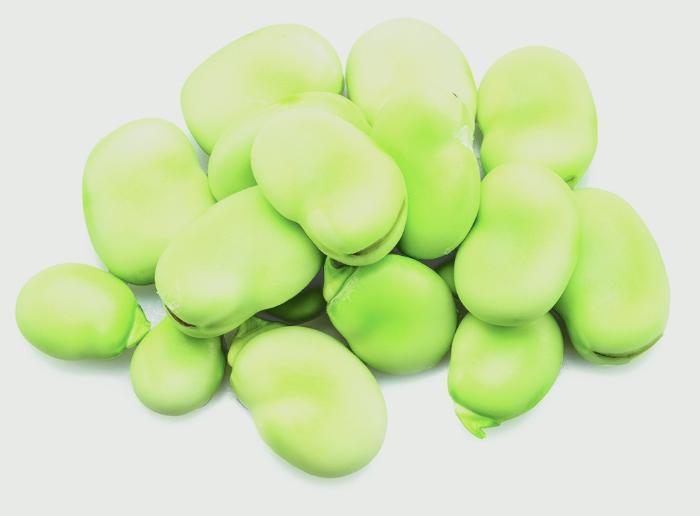
Credit: ValentynVolkov/istockphoto.com
Fermentation and biotransformation
The development of a comprehensive suite of fermentation and biotransformation capabilities, ranging from lab-scale to pilot-scale, has significantly advanced food applications. Central to this effort, Teagasc played a pivotal role by conducting research on extraction processes, establishing pilot-scale facilities and fostering industry collaborations. Although the work began in the early 2000s, it gained substantial momentum after 2010.
This progress has enabled the Irish food industry to create novel fermented products, optimise existing processes, and venture into emerging areas such as precision fermentation. These advancements have driven product innovation and enhanced competitiveness. The achievement was made possible through close collaboration between Teagasc researchers, food companies and academic partners.
Pathways: Capacity building
Teagasc researchers: Paul Cotter, Tom Beresford, Olivia McAuliffe, John Kenny and John Leech
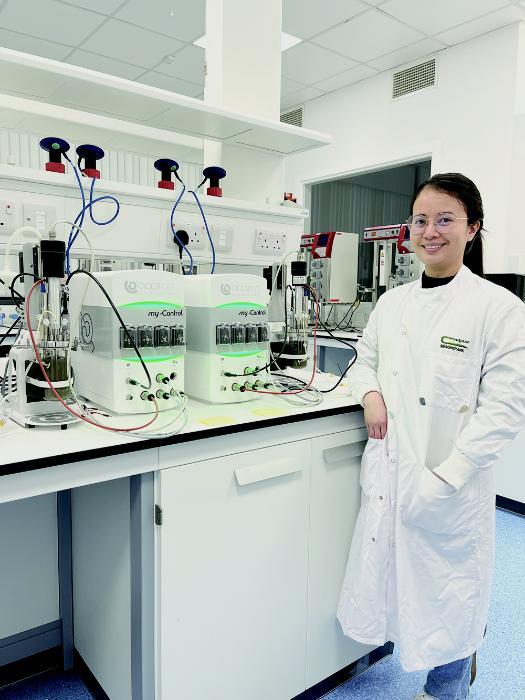
Lab-scale fermentation and biotransformation equipment at Teagasc Moorepark. Credit: Teagasc
Food Works programme
This case study presents the establishment of a successful tri-agency food start-up accelerator programme that has become a cornerstone of food entrepreneurship support in Ireland. A partnership involving Teagasc, Bord Bia and Enterprise Ireland established the Food Works programme in 2021. The programme has since supported over 120 food and drink start-ups, resulting in the creation of 496 jobs, achieving a combined turnover of €60 million and attracting over €6.5 million in investment funding. Teagasc’s critical contribution has been to provide technical expertise, access to research facilities and pilot plant equipment and to support product development and process optimisation for participating businesses.
Pathways: Capacity building, policy influencing
Teagasc researchers: Ciara McDonagh, Ita White and Carol Griffin
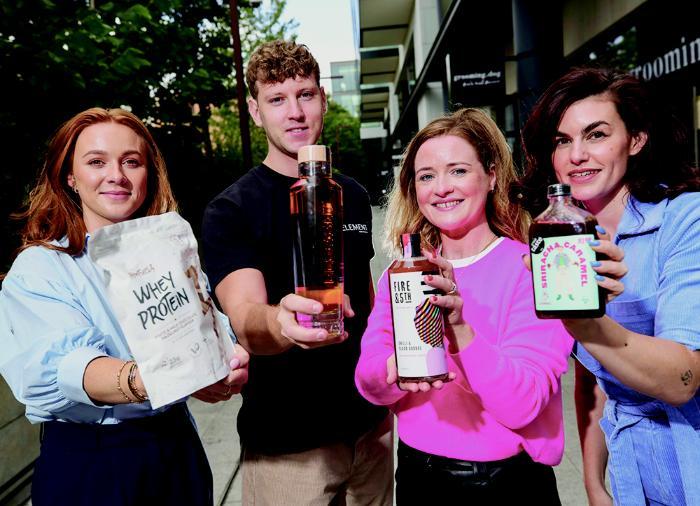
The Food Works programme has helped establish over 120 food and drink start-ups. Credit: Teagasc
INFOGEST digestion method
A standardised in vitro digestion method has been developed and globally adopted, enabling consistent and comparable food digestion studies across laboratories worldwide. Since 2011, Teagasc researchers, in collaboration with the international INFOGEST network, have worked to establish this method as the global standard for in vitro digestion research. It has been cited over 7,500 times, supporting more reliable studies on food digestion, nutrient bioavailability and the creation of functional foods.
Teagasc played a leading role in the development, validation and dissemination of the INFOGEST method. This involved coordinating international efforts and publishing highly influential papers detailing the protocol, cementing its status as a critical tool for advancing food science research globally.
Pathways: Technology development and adoption, policy influencing
Teagasc researchers: André Brodkorb, Linda Giblin and Laura Mascaraque
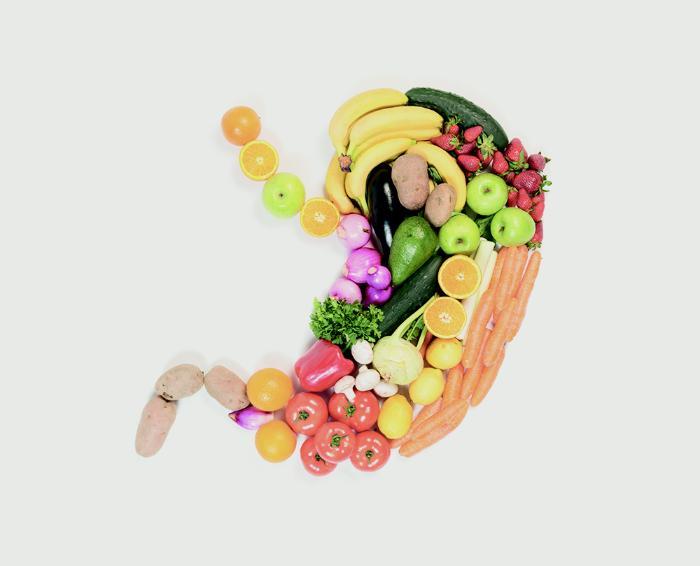
Credit: Tijana87/istockphoto.com
Chlorate reduction
This case study highlights a new research area on chlorates in dairy and horticulture that began in 2016. Teagasc’s main contribution was to develop rapid, high-throughput testing methods for chlorate residues, provide testing services to the dairy industry and support the implementation of chlorate reduction strategies. The impact of this case study was to protect export markets for Irish dairy products, ensure food safety, and provide companies with a competitive advantage by demonstrating low chlorate levels. This was achieved by Teagasc researchers, dairy industry partners, the horticulture industry, commercial laboratories and regulatory agencies working together.
Pathways: Technology development and adoption, policy influencing
Teagasc researchers: Martin Danaher and Kaye Burgess
Food Programme “wraparound” approach
Over the past 5 to 10 years, a comprehensive, industry-focused research and innovation support system has been established for the Irish food industry, underpinned by significant infrastructure investments. This initiative has boosted innovation and competitiveness across the sector, enabling product development from concept to pilot scale and attracting international food companies to set up R&D operations in Ireland. Teagasc played a pivotal role by investing over €37 million in new food research infrastructure, aligning research capabilities with industry needs, and creating flexible models for industry collaboration.
Pathways: Capacity building
Teagasc researchers: Mark Fenelon and Ciara McDonagh
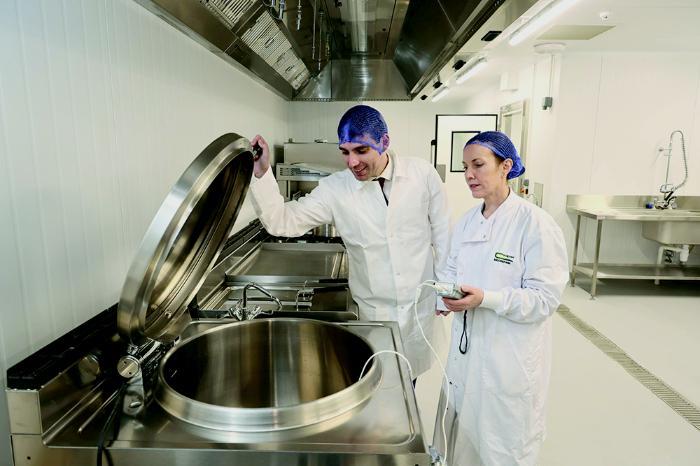
The BIA Innovator Campus at Teagasc Athenry is one of several centres benefiting from Teagasc investment. Credit: Teagasc
Fish by-product valorisation
Since 2018, Teagasc researchers, fishing industry partners and funding agencies have collaborated on developing patented technology to convert fish processing by-products into high-value ingredients with demonstrated anti-inflammatory and anti-hypertensive properties. This has created potential new revenue streams for the fishing industry, demonstrated feasibility at a pilot scale (100L), and attracted industry interest for commercialisation, supporting sustainability in the sector. Teagasc’s contribution included leading research on extraction methods, characterisation of bioactive compounds and in vitro and animal studies to demonstrate efficacy and development of scalable processes.
Pathways: Technology development and adoption, policy influencing
Teagasc researchers: Eoin Murphy, Brijesh K. Tiwari, John Tobin, Noel McCarthy, Laura Mascaraque, Maria Hayes and Dilip Rai
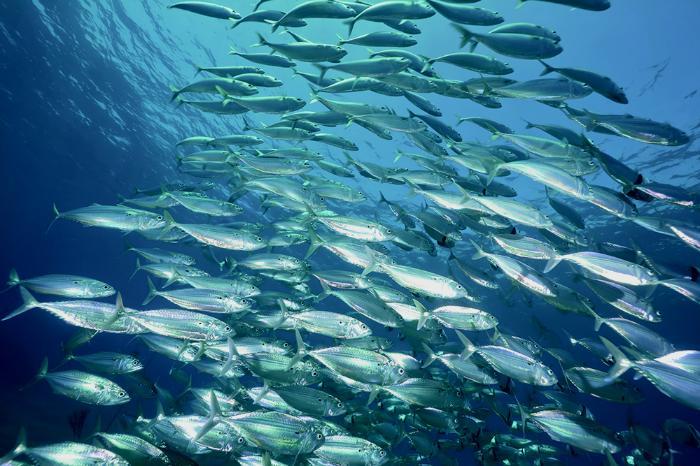
Credit: stephankerkhofs/istockphoto.com
Campylobacter reduction
Research by Teagasc Food Safety has focused on approaches to significantly reduce Campylobacter on Irish poultry carcasses. There has been sustained collaboration among Teagasc researchers, University College Dublin, the Department of Agriculture, Food and the Marine – Central Veterinary Research Laboratory, the Food Safety Authority of Ireland and the poultry sector. These efforts have significantly enhanced food safety in the poultry industry, protected public health and ensured continued market access for Irish poultry products.
Teagasc’s main contribution was to lead research on sources and dissemination routes of Campylobacter, develop improved biosecurity measures and cleaning protocols on farms, in addition to processing and post-processing control interventions, which were delivered to farmers and processors in training courses.
Pathways: Technology development and adoption, capacity building, policy influencing
Teagasc researcher: Declan Bolton
DNA sequencing centre
Beginning in 2009, a world-class DNA sequencing facility was established at Teagasc Moorepark to perform high-throughput metagenomic and genomic analyses for food-related applications. A key aspect of this initiative was Teagasc’s role in developing advanced expertise in DNA sequencing technologies. This included building a robust infrastructure and designing bioinformatics pipelines specifically for food microbiome research.
These capabilities have allowed food companies to characterise and optimise microbial communities in fermented foods, develop innovative probiotics and generate vital data for food safety and quality control. Additionally, the facility has fostered research into the effects of foods and food ingredients on the human gut microbiome and overall health, driving innovation within the Irish food sector. This achievement was realised through collaboration among Teagasc researchers, APC Microbiome Ireland and industry partners.
Pathways: Technology development and adoption, capacity building
Teagasc researchers: Paul Cotter, Fiona Crispie, Orla O’Sullivan, Catherine Stanton and John Kenny
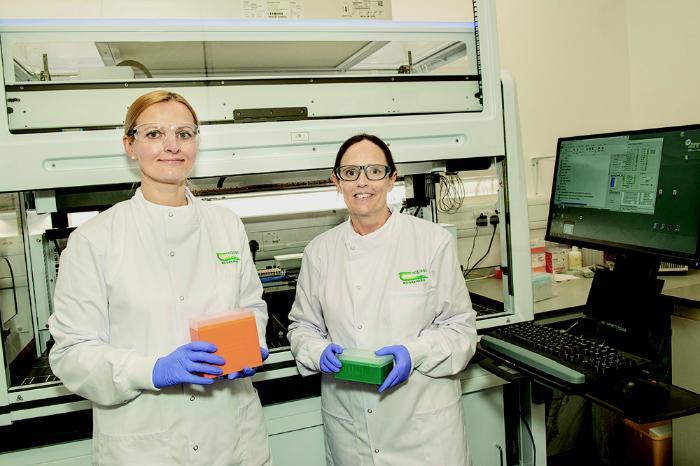
Teagsasc’s DNA sequencing centre at Moorepark plays a pivotal role in developing microbial food research. Credit: Teagasc
Whiskey flavour profiling
Since 2018, Teagasc researchers, whiskey distilleries and academic partners have generated the scientific proof of the terroir concept in whiskey production and the development of advanced analytical capabilities for whiskey flavour profiling. Terroir, traditionally associated with wine, refers to how environmental factors like soil, climate, and local practices influence a product’s characteristics, with whiskey showcasing this through the impact of barley origin and local conditions on its unique flavour profile.
The outputs from this case study have provided scientific backing for marketing claims, supported product development and quality control in the Irish whiskey industry and contributed to the industry’s rapid growth and export success. Teagasc’s main involvement was to develop and apply advanced flavour chemistry techniques to characterise whiskey congeners, create databases of volatile compounds in Irish whiskeys and publish the first scientific paper proving terroir in whiskey.
Pathways: Technology development and adoption, capacity building, policy influencing
Teagasc Researchers: Kieran Kilcawley and David Mannion

Credit: CS0523183/istockphoto.com
Contributors
Kevin Heanue, Senior Evaluation Officer, Teagasc, Athenry and Oak Park. kevin.heanue@teagasc.ie
Boru Braithwaite, Director, Selkie Consulting, Westport, Co. Mayo.
